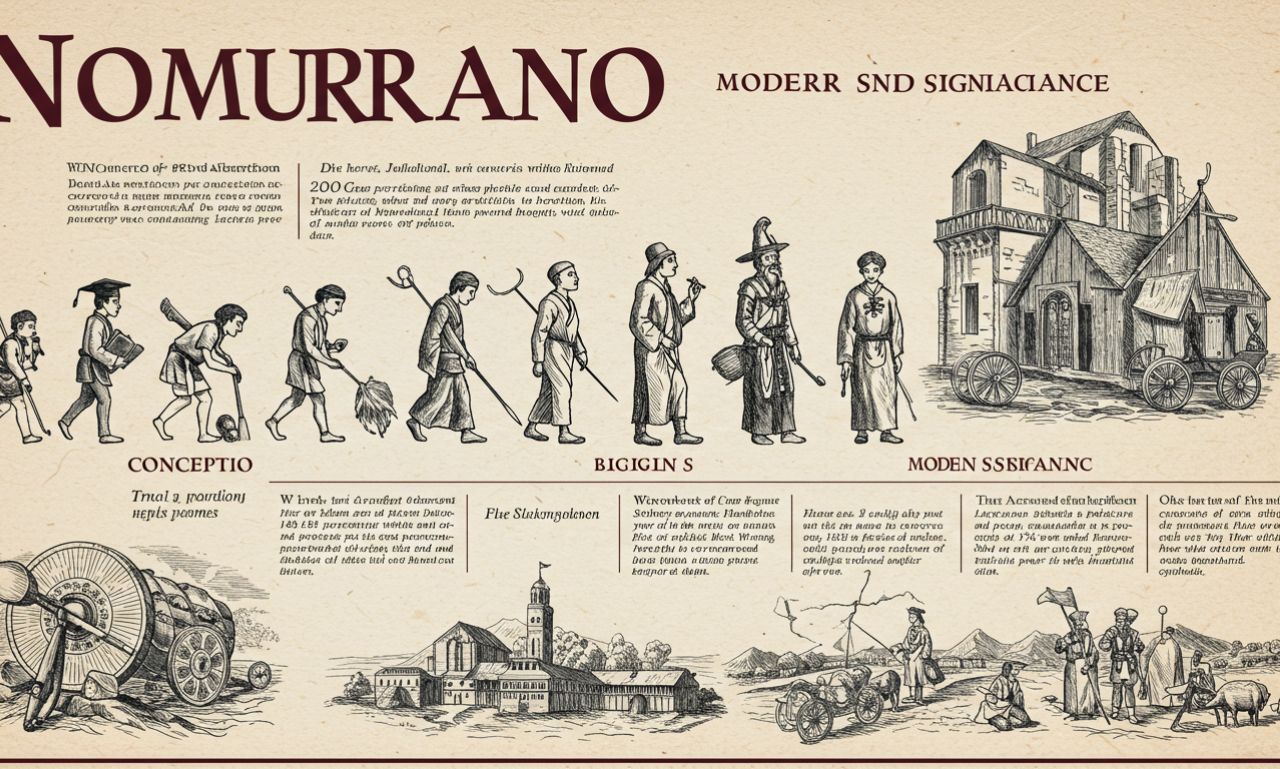The term Nomurano has steadily gained attention across different circles, from cultural discussions to creative industries. While not widely known in mainstream discourse, Nomurano embodies a blend of tradition, innovation, and adaptability. It often represents ideas linked to craftsmanship, design, philosophy, or even a symbolic approach to living in harmony with change. This article explores the meaning of Nomurano, its possible origins, and the ways in which it continues to inspire various domains.
The Origins of Nomurano
The roots of Nomu rano are layered and not tied to a single culture or field. In some interpretations, Nomu rano is seen as a fusion of Eastern aesthetics and modern thought, reflecting harmony, balance, and artistry. Others suggest that it has ties to design movements, where it emphasizes both utility and beauty.
Though not universally defined, Nomu rano is often associated with qualities such as:
-
Craftsmanship: The idea that handmade or carefully designed objects hold more value.
-
Resilience: A belief in adapting to change without losing one’s essence.
-
Philosophy of Simplicity: Embracing minimalism while honoring complexity where needed.
Nomurano in Art and Craft
One of the strongest associations with Nomurano lies in the realm of art and craftsmanship. Many creators describe it as a guiding principle that values originality, durability, and refinement. For example, a ceramic artist may follow Nomu rano by focusing on the textures, imperfections, and natural qualities of clay rather than mass-producing identical pieces.
This approach gives rise to:
-
Unique Designs: Each creation has its own identity.
-
Sustainability: A rejection of disposable culture in favor of lasting beauty.
-
Emotional Connection: Objects created under Nomu rano carry stories and meaning.
The Philosophy of Nomurano
At its core, Nomu rano can also be viewed as a way of thinking. It emphasizes balance between tradition and modernity, encouraging individuals to respect the past while exploring innovative solutions for the future.
Some principles linked to the philosophy of Nomu rano include:
-
Harmony with Nature: Recognizing natural cycles and incorporating them into human life.
-
Mindful Living: Prioritizing intentional choices over consumer-driven habits.
-
Creativity through Restraint: Using limits as a source of innovation.
Nomurano in Modern Innovation
In today’s fast-paced world, Nomu rano has found its place in technology and design innovation. Companies and individuals inspired by this concept often aim to merge functionality with beauty. For instance, product designers may apply Nomu rano principles by developing tools that are both sleek and user-friendly while ensuring long-term value.
This influence extends into:
-
Architecture: Spaces that balance aesthetics with sustainability.
-
Fashion: Styles that celebrate craftsmanship over mass production.
-
Technology: Devices designed with human experience at the center.
Cultural Impact
Nomurano’s cultural significance lies in its ability to serve as a bridge between tradition and global modernity. In many societies, the rise of fast consumerism has created a longing for more meaningful connections. Nomurano represents a counterbalance, inviting people to slow down and appreciate depth, story, and authenticity.
It encourages a shift away from superficiality and towards cultural preservation, mindful creativity, and sustainability.
Nomurano in Lifestyle Choices
For individuals, adopting Nomu rano in everyday life can mean:
-
Choosing quality over quantity when buying products.
-
Practicing mindfulness in daily routines.
-
Valuing heritage and tradition without resisting progress.
This lifestyle fosters both personal fulfillment and social responsibility, aligning individual choices with broader ecological and cultural concerns.
Future of Nomurano
Looking ahead, Nomu rano is expected to grow as a concept, especially as more people and industries seek alternatives to mass production and hyper-consumerism. Its relevance may expand further into digital culture, where creators balance technological progress with authenticity and human connection.
By embracing Nomurano, future generations can redefine progress—not as endless consumption, but as meaningful innovation rooted in values.
Conclusion
Nomurano is more than just a word; it represents a philosophy, lifestyle, and design principle that bridges tradition and innovation. Whether seen in art, craftsmanship, technology, or daily living, it encourages harmony, mindfulness, and resilience. As society continues to evolve, Nomurano stands as a timeless reminder that true progress lies in balancing what we create with how we live.

